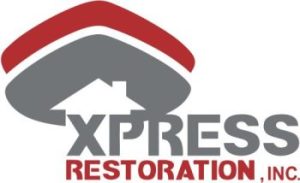Understanding Fire vs. Water Damage Restoration Services
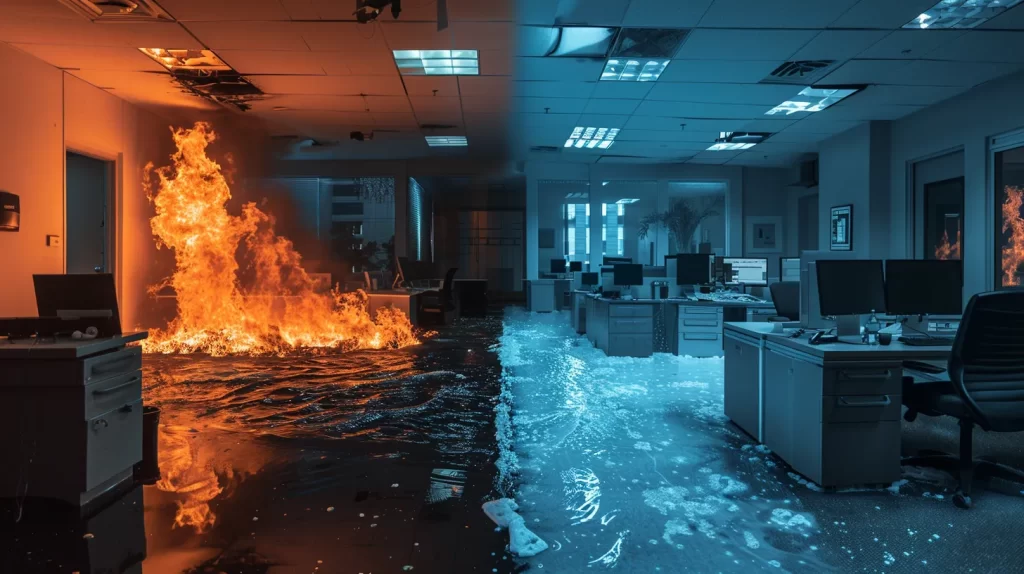
Fire vs. Water Damage Restoration: Key Differences Explained
Fire and water damage can devastate homes, yet many people do not fully understand the key differences in restoration processes. This article will explain the unique aspects of fire and water damage restoration, highlight common myths, and provide tips for homeowners on prevention and maintenance. By reading this, homeowners will learn how to choose the right restoration service and the
. Understanding these elements can significantly speed up recovery efforts, ensuring a safe and comfortable living space after a disaster strikes.
Key Takeaways
- Timely restoration after fire or water damage is essential for property safety and health
- Understanding different damage types aids in developing effective response strategies for restoration
- Expert intervention is crucial for managing fire and water damage restoration processes
- Homeowners should regularly check insurance coverage for fire and water damage claims
- Implementing prevention strategies can significantly reduce risks of fire and water damage
Overview of Fire and Water Damage Restoration Processes

Fire and water damage restoration involves distinct processes tailored to the unique challenges of each disaster. Recognizing the nature of fire damage, including smoke effects and heat destruction, is crucial for effective cleanup. Understanding the various types and causes of water damage enables targeted response strategies. An emergency service can efficiently address both fire and water mold fire restoration needs, ensuring homes recover quickly.
Recognizing the Distinct Nature of Fire Damage
Fire damage entails more than just charred materials; it impacts the air quality and structural integrity of a property. Smoke residues can permeate surfaces and pose health risks, including indoor mold growth, thereby complicating the cleanup process. Engaging professional fire restoration services is essential to effectively manage these challenges and ensure a thorough restoration process:
- Assessment of fire damage extent.
- Removal of debris and hazardous materials.
- Cleaning and deodorizing affected areas.
- Repairing structural components.
- Final inspections to prevent indoor mold issues.
Understanding Water Damage Types and Causes
Water damage can arise from various sources, including burst pipes, heavy rain, or malfunctioning appliances. Each type of water damage requires a different response strategy, with some situations leading to hazardous conditions such as mold growth. Effective water damage fire restoration involves a thorough assessment and immediate moldremediation efforts to protect the property and safeguard residents’ health while ensuring prompt and reliable customer service.
| Type of Water Damage | Causes | Potential Risks |
|---|---|---|
| Clean Water Damage | Burst pipes, appliance leaks | Minimal, but can escalate to mold growth if not addressed |
| Gray Water Damage | Dishwasher overflow, washing machine leaks | Health risks from contaminants |
| Black Water Damage | Sewage backup, flooding | Serious health hazards |
Fire and water leave their marks in different ways. Understanding how each type of fire damage restoration requires its own approach is vital for effective restoration.
Key Differences Between Fire and Water Damage Restoration
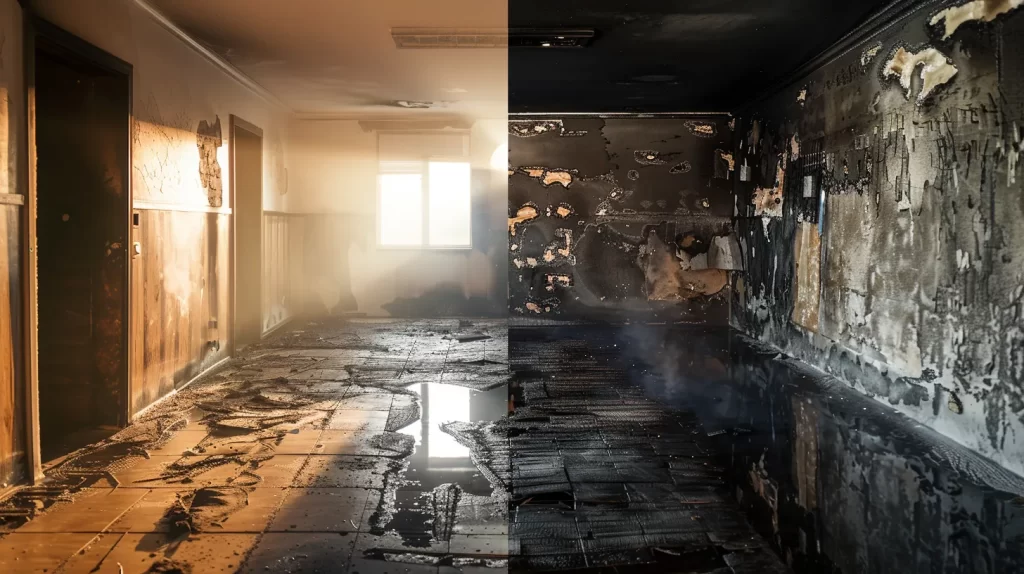
Assessment procedures for fire and water damage vary significantly, impacting the restoration techniques employed. Fire flood restoration focuses on smoke damage restoration, while water damage requires addressing concerns like sewage overflow. Additionally, timelines for each process differ due to the unique challenges each presents, emphasizing the importance of expert intervention for effective recovery.
Assessment Procedures for Fire and Water Damage
Assessment procedures for fire and water damage restoration differ significantly due to the nature of each disaster. A fire water damage restoration company must prioritize evaluating the smoke and heat damage, which affects air quality and the structural integrity of the property. Conversely, water damage restoration involves identifying the source of moisture, such as burst pipes or appliance leaks, and assessing the extent of damage to items like carpets and walls to prevent further complications, such as mold growth.
Restoration Techniques Specific to Each Type
Restoration techniques vary greatly between fire and water damage due to the specific challenges each type presents. Fire damage restoration often includes smoke and odor removal, alongside structural repairs to mitigate the effects of heat, which can lead to significant air quality concerns and the potential presence of harmful bacteria. In contrast, water restoration services focus primarily on thorough water extraction, drying, and sanitization to prevent mold and bacterial growth, especially in areas affected by black water incidents. Each restoration process is tailored to address the unique conditions of the incident, making expert intervention critical in ensuring effective recovery:
| Type of Damage | Key Restoration Techniques | Considerations |
|---|---|---|
| Fire Damage | Smoke and odor removal, structural repairs | Impact on air quality and potential for bacteria growth |
| Water Damage | Water extraction, drying and sanitization | Prevention of mold and bacteria, treatment of various water types |
Timeline Variations in Restoration Processes
The timeline for restoration after fire or water damage varies significantly due to the nature of each incident. Water removal typically requires immediate attention to prevent hazards such as mold growth, leading to a faster operational pace compared to fire cleanup, where odor removal and structural considerations take precedence. Restoration experts often emphasize that while water damage might necessitate rapid extraction and drying, fire damage restoration involves a more extended assessment and repair process to ensure that both air quality and building integrity are restored effectively.
Understanding the differences in restoration is just the beginning. Next, it’s time to clear up some common myths that can lead to poor decisions in managing fire and water damage.
Common Myths About Fire and Water Damage Restoration

Misconceptions about restoration procedures often lead to confusion regarding fire water restoration and water restoration. Many people underestimate the extent of damage caused by fire and water, overlooking the need for specialized restoration services. Additionally, understanding insurance coverage for both types of damage is crucial, as it affects recovery options. Addressing these myths provides valuable insights into proper restoration practices and the importance of timely intervention to prevent mold growth.
Misconceptions Regarding Restoration Procedures
A common misconception about fire and water damage restoration is that affected homeowners can handle the cleanup on their own without professional assistance. Many believe that minor issues do not require expert intervention, overlooking the complexities involved in water mold and fire restoration. In reality, engaging with a qualified service for water damage restorationchula vista ensures thorough assessment and effective remediation, safeguarding both the property and health. Homeowners often miss hidden damage, which can lead to long-term problems such as mold growth. Seeking a free estimate from a restoration expert can provide clarity and a practical solution to mitigate these risks efficiently.
Clarifying Insurance Coverage for Both Types
Many homeowners are uncertain about their insurance coverage regarding fire and water damage restoration. It’s vital to review policy details, as coverage can differ significantly based on the type of incident. For example, standard homeowner policies may cover water damage from burst pipes but might exclude flood damage, necessitating specific flood policies. Companies like American Restoration Water and Fire and SERVPRO offer insights on navigating insurance claims, making it easier for homeowners to understand their options and ensure proper coverage for restoration services.
| Type of Damage | Coverage Options | Considerations |
|---|---|---|
| Water Damage | Typically covered under standard policy if from plumbing issues | Check for flood exclusions |
| Fire Damage | Usually included in standard homeowner’s policy | Review any specific limits or deductibles |
| Flood Damage | Requires separate flood insurance policy | Understand the specific terms of the flood policy |
Many misconceptions linger about how to handle damage from flames and floods. Finding the right restoration services can be the key to recovery, and it’s time to learn what to look for.
Choosing the Right Restoration Services

Choosing the right damage restoration services is vital for effective fire & water damageremediation. Key factors to consider include evaluating the credentials and experience of the experts to ensure they have the necessary skills. Understanding these elements helps property owners make informed decisions when selecting water fire restoration companies, ensuring their needs are met with professionalism. For inquiries, an email address can be provided for direct communication.
Factors to Consider When Hiring Experts
When selecting a damage restoration company for fire or water damage cleanup, homeowners should prioritize expertise and experience in both types of restoration processes. It’s essential to assess their knowledge in handling soot and smoke removal for fire damage, as well as their capability in addressing the complexities of water damage, such as moisture control and structural integrity. Choosing a well-rounded company that offers comprehensive construction services and proven results will ensure a more efficient recovery process, ultimately protecting the property and enhancing long-term safety.
Evaluating Credentials and Experience
When selecting a restoration service for fire and water damage, evaluating credentials and experience is crucial. A qualified company should demonstrate expertise in both fire and water damage restoration techniques, ensuring they understand the specific challenges associated with each type. For instance, clear evidence of certifications, years of experience in the industry, and positive customer reviews can guide homeowners in making informed decisions that lead to efficient and reliable restoration services:
- Review certifications and licenses relevant to restoration services.
- Consider years of experience in handling fire and water damage.
- Check customer testimonials or reviews to assess reliability and satisfaction.
Finding the right restoration service is just the first step. Quick action can mean the difference between a minor setback and a major disaster.
Importance of Timely Intervention
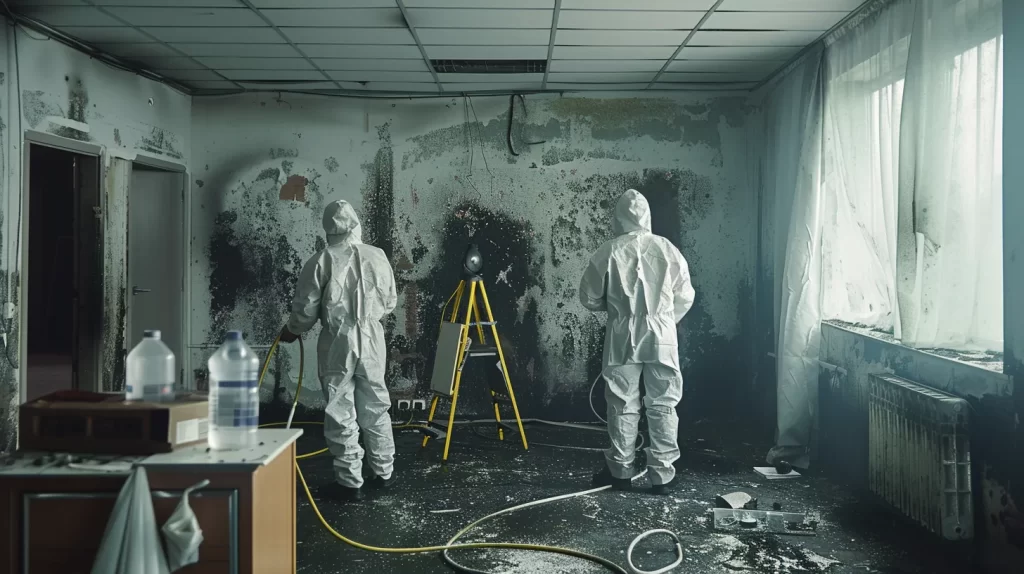
Delaying restoration after fire damage poses serious risks, including compromised air quality and structural integrity. Similarly, postponing water damage repair can lead to dangerous mold growth and further property damage. Each of these issues highlights the critical necessity for prompt intervention in fire damage and water damage situations, ensuring that property owners make informed decisions for effective recovery.
Risks of Delaying Restoration for Fire Damage
Delaying restoration after fire damage can lead to severe consequences for both the property and its occupants. The longer the cleanup process is postponed, the greater the risk of air quality deterioration and structural instability. Homeowners may also face hidden issues, such as lingering smoke residues that can contribute to health problems, making timely professional intervention essential to mitigate these risks: fire damage restoration
- Compromised air quality affecting health.
- Increased structural damage requiring costly repairs.
- Potential for mold growth due to hidden moisture.
Consequences of Postponing Water Damage Repair
Postponing water damage repair can lead to significant consequences for property owners, increasing the risk of mold growth and further structural deterioration. When water remains unaddressed, it creates an environment where mold can thrive, potentially leading to health issues for occupants. Moreover, lasting damage to walls, floors, and personal belongings may escalate repair costs and complicate future restoration efforts, underscoring the critical importance of prompt action in water damage situations.
Timely action can save a home from deep scars. Now, let’s look at how homeowners can protect their spaces and maintain them well.
Tips for Homeowners on Prevention and Maintenance
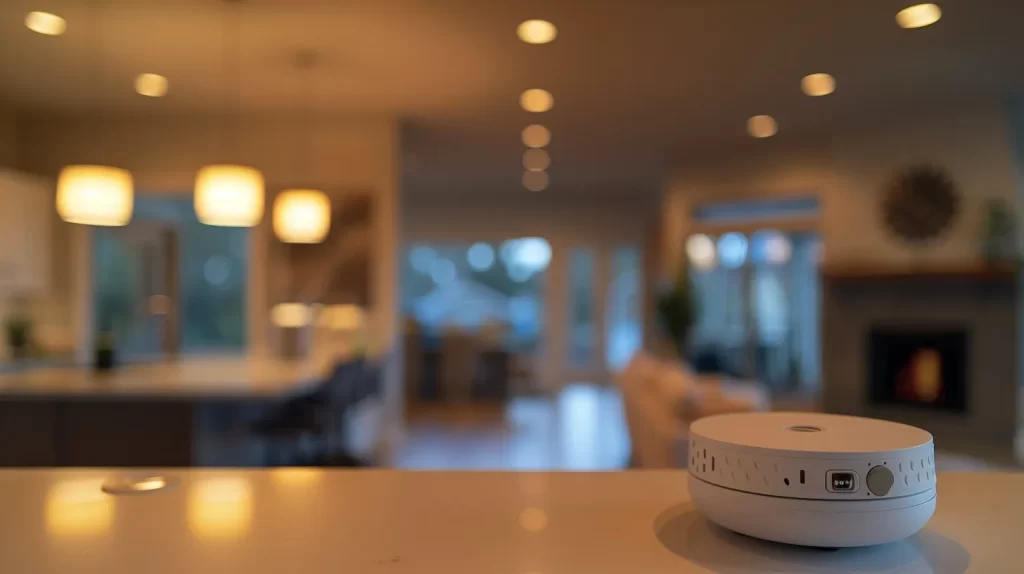
Fire safety practices are essential for maintaining a secure home environment. Simple measures such as installing smoke detectors and having a fire extinguisher readily available can significantly reduce fire risks. On the other hand, implementing water damage prevention strategies, like regular plumbing inspections and proper drainage, can help protect against costly water issues. These practices will be explored in detail to guide homeowners in safeguarding their properties.
Fire Safety Practices for Homes
Implementing fire safety practices in the home is vital for preventing devastating fire damage. Homeowners should install smoke detectors in every room and test them monthly to ensure functionality. Furthermore, having a fire extinguisher easily accessible in key areas, such as the kitchen and garage, can significantly mitigate the impact of a small fire before it escalates into a larger emergency. Regularly reviewing fire escape plans with all household members can also enhance preparedness and ensure prompt action during a crisis.
Water Damage Prevention Strategies
Homeowners can significantly reduce the risk of water damage by implementing effective prevention strategies. Regular plumbing inspections allow for the early detection of leaks, while maintaining gutters and downspouts ensures proper drainage around the foundation. By investing in sump pumps and water detection devices, property owners can take proactive measures to mitigate potential flooding and keep their homes dry and safe:
| Prevention Strategy | Description | Benefits |
|---|---|---|
| Regular Plumbing Inspections | Routine checks of pipes and fixtures for leaks. | Identifies issues early, preventing damage. |
| Maintain Gutters | Clean and repair gutters and downspouts. | Ensures proper water flow away from the foundation. |
| Install Sump Pumps | Place in basements or low areas to prevent flooding. | Provides automatic removal of excess water. |
Conclusion
Understanding the key differences between fire damage restoration and water damage restoration is crucial for effective property recovery. Each type of damage presents unique challenges that require tailored assessment and intervention strategies. Timely professional assistance can prevent long-term complications such as mold growth and structural integrity issues. Homeowners should prioritize choosing qualified restoration services to ensure a thorough cleanup and safeguard their homes.

